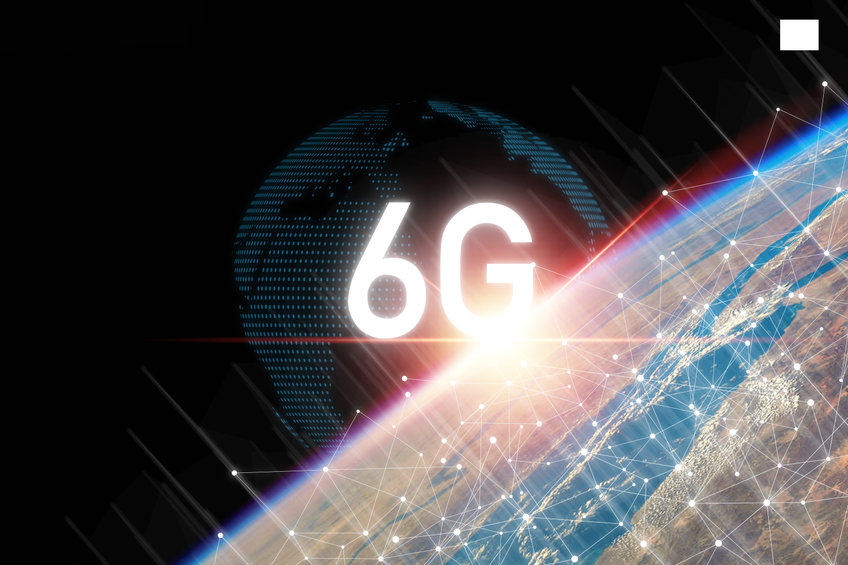India aims to allow academic institutions and the industry to obtain spectrum to test future 6G technologies
India’s Department of Telecommunications (DoT) is looking to obtain comments from the sector’s regulator to analyze the possibility to opening up spectrum in the 95 GHz – 3 THz frequency range for free allocation to develop future 6G technologies and products, local newspaper The Economic Times reported.
“The department will ask for suggestions from the Telecom Regulatory Authority of India (Trai) for airwaves in the 95 GHz to 3 THz band to use it for experimental purposes to develop products and solutions based on new technologies particularly the sixth generation (6G),” an official with knowledge of the matter was quoted as saying.
According to the report, the potential spectrum allocation will be for the next 10-year term. The band is being potentially considered for future 6G network worldwide.
The source also said that the move may allow academic institutions, research organizations and the industry to obtain frequencies to undertake studies with a pre-standardization process, and enable them to bring about solutions and products converging satellite communications and terrestrial networks.
Earlier this year, the U.S. Federal Communications Commission (FCC), awarded the first Spectrum Horizons License – a ten-year special category of authorization for experimenting with frequencies between 95 GHz and 3 THz.
The Indian government is expecting the initial rollouts of 6G networks by the end of the decade.
According to Prime Minister Narendra Modi, a task force has already begun work to achieve this goal. The target is in line with other major countries and expectations of major telecom vendors, with as-yet-unstandardized 6G technology expected to come to market around the year 2030.
Indian operators are only starting to launch 5G with a massive rollout expected for the coming years.
Last month, Airtel announced the launch of 5G services in Delhi, Mumbai, Chennai, Bengaluru, Hyderabad, Siliguri, Nagpur and Varanasi.
Bharti Airtel is chiefly using equipment from Ericsson, Nokia and Samsung to provide 5G services. The Indian operator secured a total of 19,800 megahertz of spectrum in the 900 MHz, 1.8 GHz, 2.1 GHz, 3.3 GHz and 26 GHz bands in a recent auction carried out by the Indian government.
Last week, Bharti Airtel announced that it has already reached 1 million unique 5G subscribers in less than 30 days since it had commercially launched this technology in certain areas of the country.
Rival telco Reliance Jio Infocomm had also recently launched the beta trial of its 5G services in Mumbai, Delhi, Kolkata and Varanasi. The carrier confirmed that its 5G service will be offered through 5G Standalone architecture and through a mix of wireless spectrum across the 700 MHz, 3.5 GHz and 26 GHz bands.
While Reliance Jio has announced plans to reach nationwide coverage with 5G by December next year, Bharti Airtel aims to offer full 5G coverage across India by March 2024.
Meanwhile, Vodafone Idea is currently in talks with several venders for the supply of 5G gear. The telco is also seeking to obtain financial resources for the launch of its 5G network.

